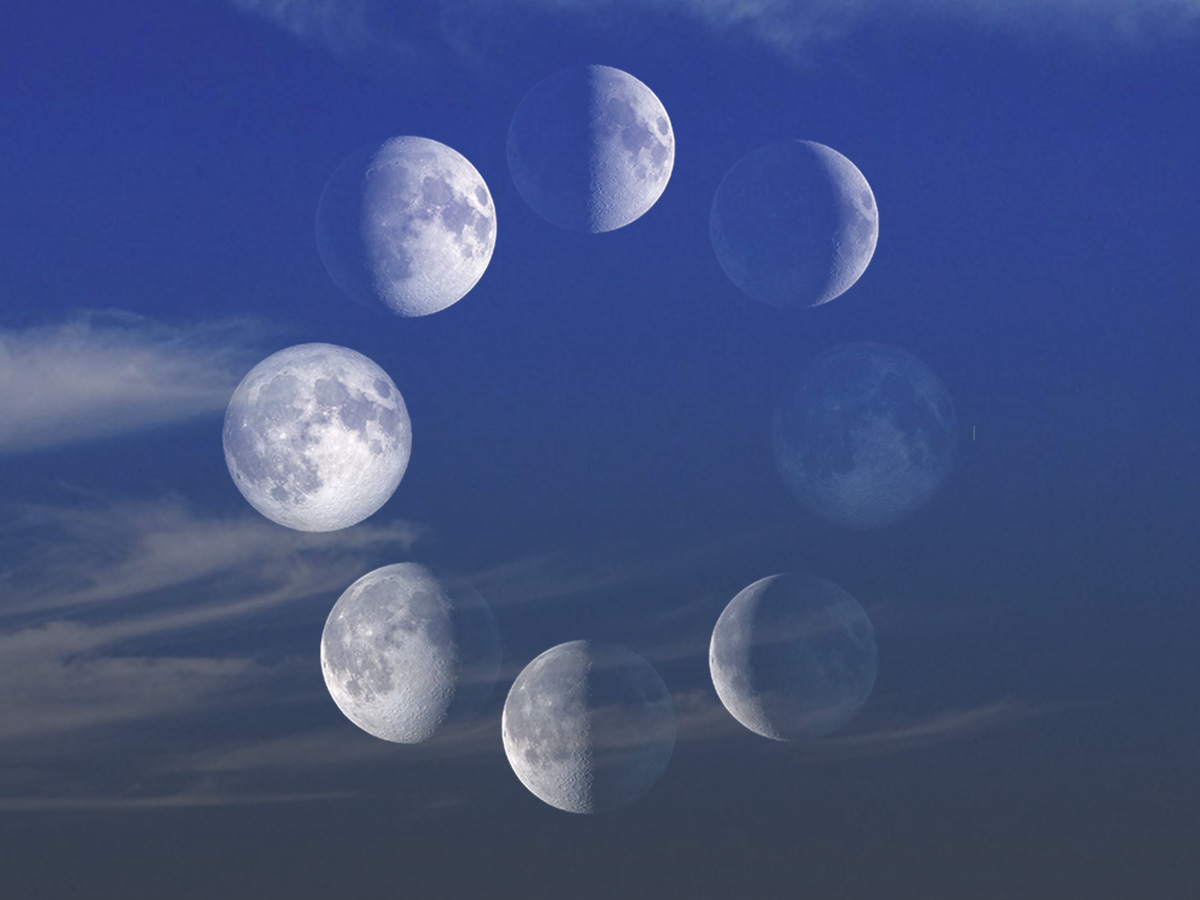What Is a Supermoon?
A “supermoon” occurs when a full moon coincides with the Moon’s closest approach to Earth in its elliptical orbit, a point known as perigee. During every 27-day orbit around Earth, the Moon reaches both its perigee, about 226,000 miles (363,300 km) from Earth, and its farthest point, or apogee, about 251,000 miles (405,500 km) from Earth. Because the Moon’s orbit wobbles and differs depending on where the Sun and Earth are in their orbits, the exact distance of these closest and furthest points varies, and some supermoons are closer or farther than others. “Supermoon" isn’t an official astronomical term, but typically it’s used to describe a full Moon that comes within at least 90 percent of perigee.
Supermoons only happen three to four times a year, and always appear consecutively. Throughout most of Earth's orbit around the sun, perigee and the full moon do not overlap.
NASA/JPL-Caltech
At its closest point, the full moon can appear up to 14 percent bigger and 30 percent brighter than the faintest Moon of the year, which occurs when it’s farthest from Earth in its orbit. Even though 14 percent doesn’t make a big difference in detectable size, a full supermoon is a bit brighter than other moons throughout the year.
It might be hard to detect a supermoon visually, but it does have an effect on Earth. Because the Moon is in its closest approach to Earth, it can cause higher tides than usual.
Before and After
Not-So-Super Moon vs. Supermoon
NASA’s Scientific Visualization Studio
Upcoming Supermoons
Supermoon Date | Details |
October 7, 2025 (03:48 UTC) | |
November 5, 2025 (13:19 UTC) | |
December 4, 2025 (23:14 UTC) |

FAQ
Super Blue Moons: Your Questions Answered
Sometimes a supermoon can also be a blue moon. But what does that mean?
Supermoons and blue moons are both related to the Moon's orbit around Earth. Find out what these terms really mean and what happens when they coincide.
Learn More







